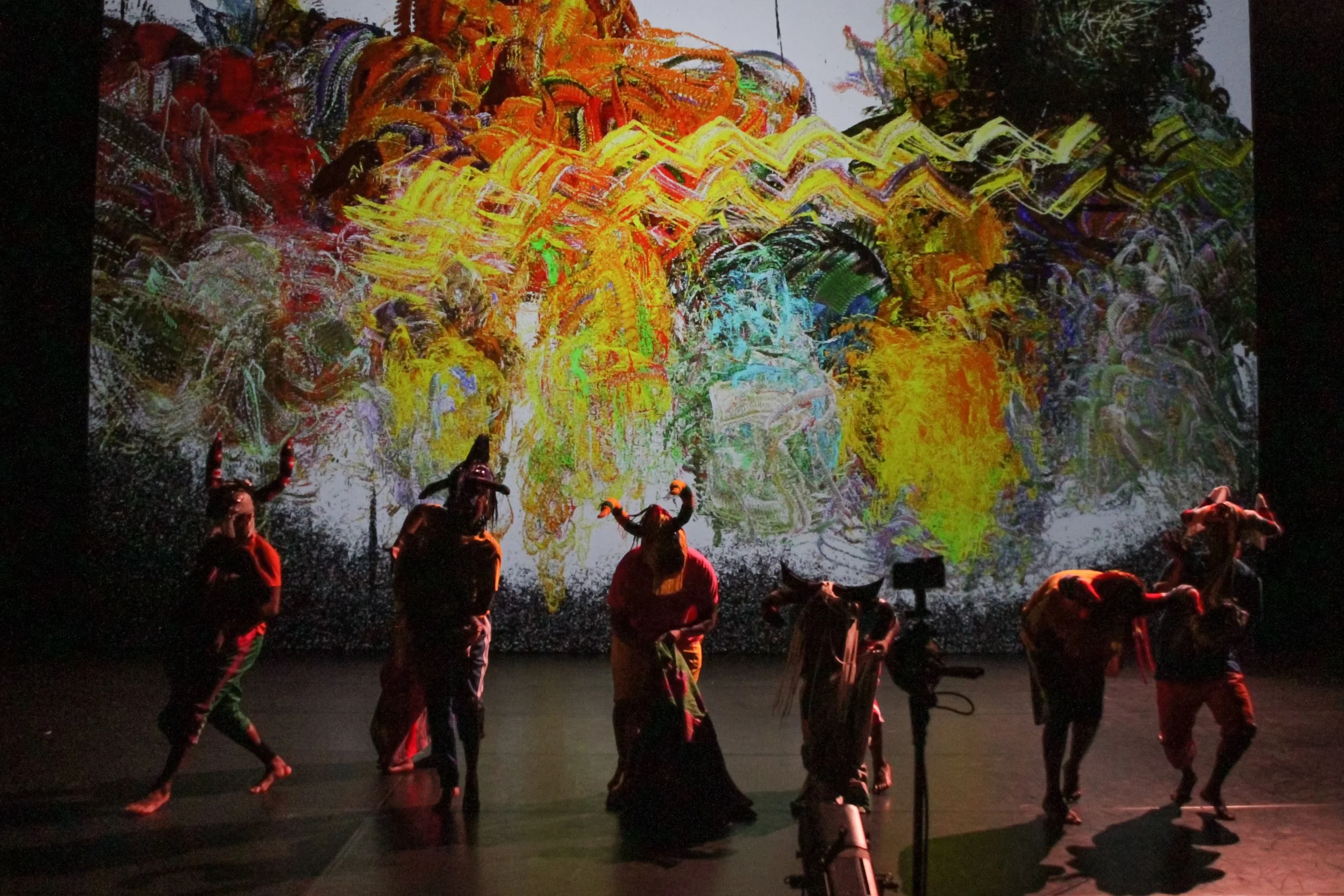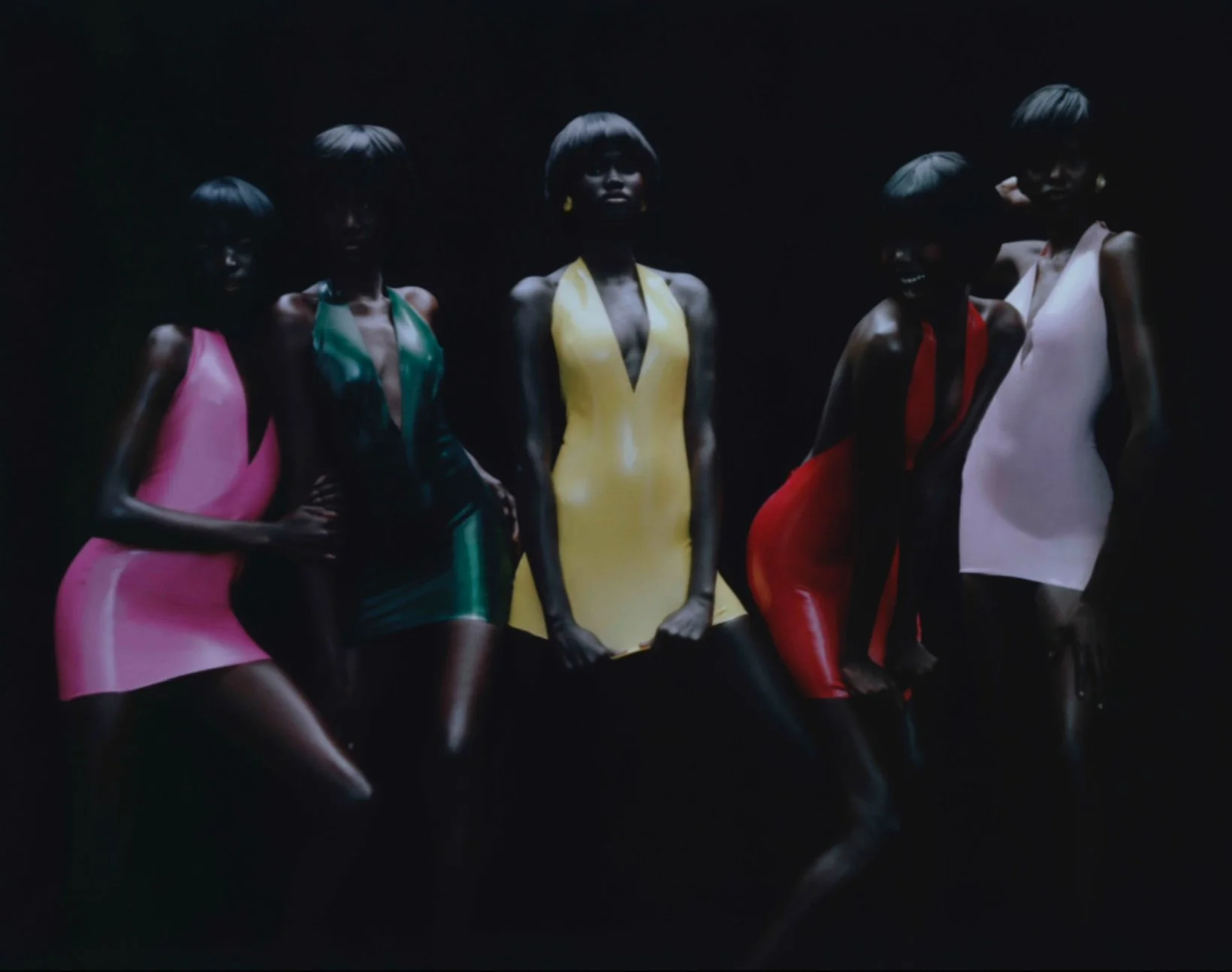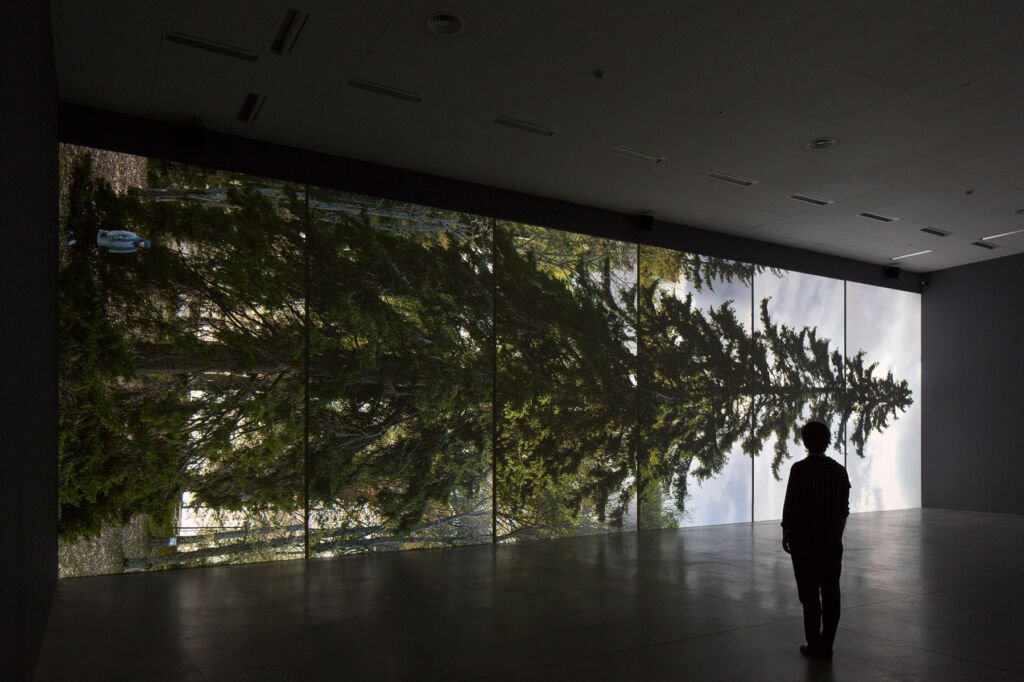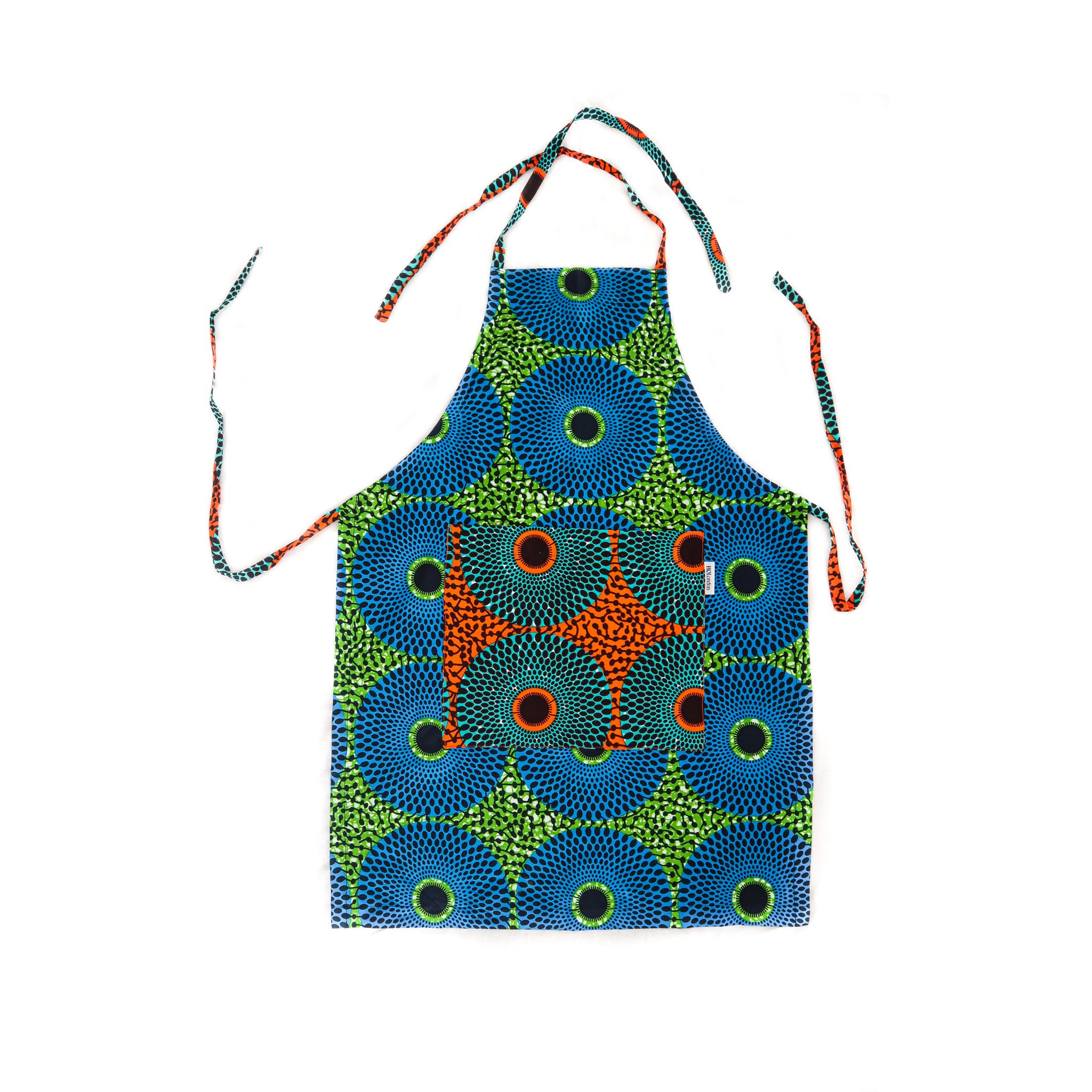Review: Holly Blakey: A Wound with Teeth & Phantom, Southbank Centre
A double bill of Holly Blakey’s works was performed at The Queen Elizabeth Centre this week and I instantly noticed the average audience age had dropped considerably from other shows I have seen recently. Her work seems to have a loyal fan base and a rather edgy and trendy one at that. I spotted Paloma Faith attending which I suppose is not a surprise as Blakey has worked with numerous high profile pop artists such as Harry Styles (Lights Up music video 2019), Florence and the Machine (Delilah 2015), Jessie Ware and Chris Martinas his movement coach, as well as fashion houses Dior and Gucci and Adreas Kronthaler for Vivienne Westwood created the costumes for Cowpuncher My Ass 2023, a sequel to her 2018 debut Cowpuncher.
Image credit Natasha Back.
The performance at the Queen Elizabeth Centre presented A Wound with Teeth and Phantom. The former is a 50-minute excerpt from Lo which will be shown in 2026. Phantom is a brief 20-minute performance commissioned by the London Contemporary Dance School for the EDGE Postgraduate Dance Company and rehearsed under pandemic restrictions and was captured on film at 180 Studios in London in 2021. This stage version is Phantom’s premier.
I do not understand why Blakey would not wait until Lo was finished before showing at such a major London dance performance venue, nevertheless bums were on seats for this sold-out show and no doubt Lo will probably sell out when it is shown in its entirety next year.
Contemporary dance always leaves much to interpretation and in this case more so than usual. A Wound with Teeth is a challenging piece because there is no clear theme or narrative even after reading the blurb in the program. I delved into the Southbank website to find an interview with Blakey with the best explanation we will get of this piece: “a self-penned nursery rhyme about healing; drawing on British folk traditions like Morris dancing and costumed like a fantastical school play – complete with papier-mâché monsters.” (this explains the arrival of the dancer with a horse’s head)
Image credit Natasha Back.
While watching you will find yourself simply being absorbed by the performance but with flashes of trying to figure out what it all means, until you realise, perhaps, the randomness is the point.
What really came to the fore was the balance of elements coming together to make a complete performance where the costumes were equally important to the choreography, as were the dancers (and their hair) and music. The music began as a sort of monastic chant which was soothing and haunting in equal measure and later the score is interjected with the sounds of children in a playground with echoes of their laughter. The costumes by Matthew Josephs are perhaps a nod to Holly Blakey’s penchant for folk dance traditions with bits of period dress when front facing but with cheeky cut aways with reveals of hips, butt cheeks or bare backs, the costumes all seemingly never quite complete. A man catches one’s eye, randomly wearing a sequined balaclava, another dancer in all white is like a puppet on a string. Chester Hayes opens the piece dressed like a baby in a bonnet and what looks like a nappy and mustard socks moving with movements of a rag doll. At one point there is a voluminous cloak which moves around appearing to me like a decapitated body, but I eventually noticed a face, sunken in at the top of the cloak facing the ceiling. She shivers and shakes and falls to her knees in pain. The score asks, “Does it hurt?” then swiftly moves into what might be a fairy tale with a bunny eared dancer and a scarecrow type with exceedingly big hands and long fingers. The dancers spin like whirling dervishes, writhe and slither along the floor in constant motion. Despite the very abstract nature of this piece when it ended there was no denying we enjoyed what we saw and the interval was spent discussing what we each had felt and what we thought we had witnessed. Lets just say, we both perceived it very differently.
Image credit Natasha Back.
No sets were on stage for either piece, but the use of targeted spot lighting frequently created a smoky atmosphere on stage. I found there was a lot of choreographic overlap between the two pieces, so much so one could have thought they were both part of one bigger piece. It was mainly the music and costumes which set Phantom apart from Wounds with Teeth. The music used strong electric guitar sounds and several dancers wore pleated skirts. Phantom was created during the pandemic and Blakey is on record explaining - ‘I had just had a miscarriage. I was bleeding at the time of making it. And I thought, ‘Okay, I’m just going to lean into this’.’ The moment when a dancer is on stage splayed, juddering and convulsing felt intimate, and it was hard to determine if she was orgasmic or tortured and only because of the harrowing howl of painful screaming in the sound score one concludes, it is closer to pain than pleasure. Blakey has said ‘I’m not trying to shock anyone. I didn’t think it was shocking in anyway.’ What she was trying to capture, she says, is the multiplicity of being a woman.
Phantom ends on a joyful note with moments of climactic unison in the dance. For the first time my plus one and I saw eye to eye - as we sensed Riverdance vibes. Certainly not a bad thing as I saw Riverdance at least four times back in the day. So while it all didn’t necessarily make sense the dancers were remarkable and dizzying in their force and hectic energy and theatre goers leave with much to unpack and discuss.
Date: 9-11 April 2025. Location: Southbank Centre, Belvedere Road, London, SE1 8XX.
Review by Natascha Milsom






































The Cinnamon Club had completely flown under the radar for me. It is in a pocket of London I rarely visit, and even if I did, the building’s exterior gives little indication of what’s inside. But now that I’ve discovered it, I already have plans to return with my husband - and in my mind, a list of friends I would recommend it to…